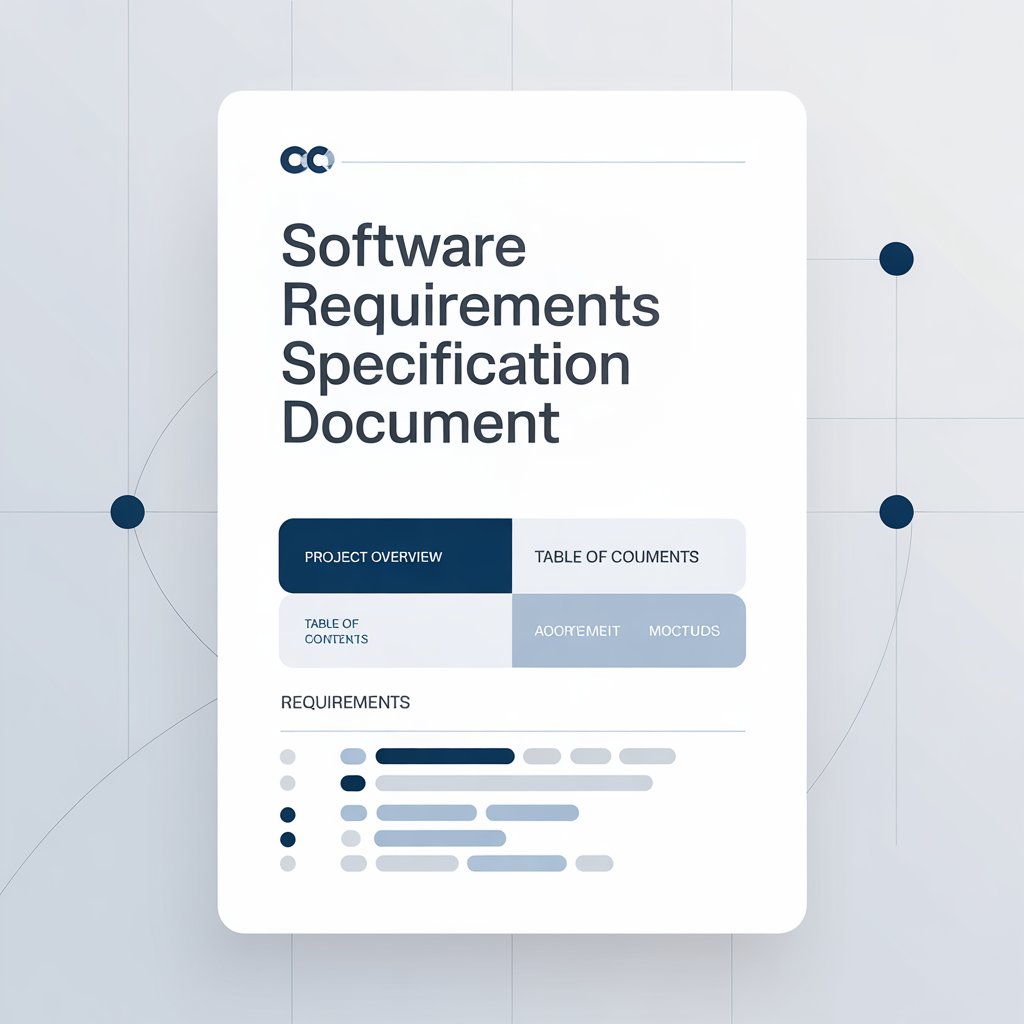
1. Introduction
1.1 Purpose
This document provides a detailed specification for the Celestial Application, including its features, functionalities, and constraints. The application is designed to support users in managing and accessing data about celestial objects, enabling efficient cataloging, tracking, and observation. This Software Requirements Specification (SRS) guides development, design, testing, and user documentation.
1.2 Project Scope
The Celestial Application is a desktop and web-based software system that stores and presents comprehensive data on known celestial objects, including stars, planets, galaxies, nebulae, and other astronomical phenomena. It enables users to:
- Search, filter, and view detailed information on celestial bodies
- Log personal observations and sightings
- Visualize objects based on coordinates or constellation groupings
- Sync data with astronomical APIs (e.g., NASA Exoplanet Archive, SDSS)
This tool is particularly valuable for educational and research purposes for professional astronomers, amateur stargazers, and academic institutions. The software aligns with organizational goals to promote scientific literacy, enhance research capabilities, and facilitate collaboration within the astronomical community.
2. Overall Description
2.1 Product Perspective
The Celestial Application is a standalone product designed to be compatible with existing astronomy databases and hardware (e.g., telescope integrations and planetarium software). It is a new development initiative and not derived from an existing software system.
The software will interface with APIs and databases from reputable astronomical sources and provide a modular interface that supports future plugins or module additions.
Example Component Diagram to be included:
- Core Data Management Module
- User Observation Logger
- Visualization & Mapping Interface
- External API Integration Layer
2.2 Product Features
- Centralized celestial object catalog with advanced filtering
- Coordinate-based object lookup and constellation view
- User observation journal with export/import functionality
- API-based syncing with external datasets
- Night mode and accessibility options
- Admin dashboard for managing user submissions and data entries
2.3 User Classes and Characteristics
| User Class |
Description |
| Amateur Stargazers |
Use the app for hobbyist tracking and learning; minimal technical knowledge |
| Professional Astronomers |
Utilize advanced filtering and data export; moderate to high technical expertise |
| Educators/Students |
Access visualizations and curated educational content; varied experience |
| Admin/Moderators |
Oversee user content, manage data sources, ensure system integrity |
2.4 Operating Environment
- Platforms: Windows 10+, macOS 11+, major Linux distributions
- Web Support: Chrome, Firefox, Safari, Edge (latest versions)
- Mobile Support: Progressive Web App (PWA) compatibility
- Dependencies: Python (3.9+), Node.js (16+), PostgreSQL, React
- APIs: NASA Open APIs, SIMBAD, SDSS, and other public astronomy databases
2.5 Design and Implementation Constraints
- Must comply with relevant data-sharing licenses and astronomy data usage terms
- Adherence to accessibility standards (WCAG 2.1)
- Support for offline mode (limited functionality)
- Use of open-source technologies to reduce costs
- Real-time syncs must minimize server load (rate limits respected)
- Multilingual support must be considered in architecture
3. System Features
3.1 Object Search and Catalog Feature
3.1.1 Description and Priority Provides a searchable catalog of celestial objects, filtering by type, magnitude, coordinates, and visibility. Priority: High
3.1.2 Stimulus/Response Sequences
- The user enters object name or filter criteria
- System queries the database and returns matching entries
- The user clicks on an object to view full details
3.1.3 Functional Requirements
- REQ-1: The system must allow search by object name, type, coordinates, and constellation
- REQ-2: Results must be displayed in <1 second for queries under 1,000 records
- REQ-3: Clicking a result must open a detail pane with full metadata
3.2 User Observation Logger
3.2.1 Description and Priority Allows users to log personal observations with time, date, location, notes, and associated objects. Priority: Medium
3.2.2 Stimulus/Response Sequences
- The user selects “Log Observation.”
- Inputs metadata (or syncs from the device)
- Saves records to local or cloud storage
3.2.3 Functional Requirements
- REQ-4: Users can input textual notes up to 1,000 characters
- REQ-5: Logs must support date, time, and geo-tagging
- REQ-6: Users can edit/delete logs within their account
4. External Interface Requirements
4.1 User Interfaces
- Consistent design following Material Design/Flat UI principles
- Responsive layout for desktop/tablet/mobile
- Standard UI components: search bar, filters, modal dialogs, breadcrumb navigation
- Persistent help icon linking to documentation
4.2 Hardware Interfaces
- Optional integration with telescope mounts using ASCOM or INDI drivers
- Support for external GPS devices for observation logging
4.3 Software Interfaces
- REST API integrations:
- PostgreSQL backend
- JSON as the standard data interchange format
5. Other Nonfunctional Requirements
5.1 Performance Requirements
- Catalog queries must return results within 2 seconds
- The system must support concurrent sessions for up to 1,000 users
- Visualization rendering must not exceed 200ms for datasets < 10,000 points
5.2 Safety Requirements
- Regular database backups
- Warning messages for data loss-prone actions (e.g., delete observation)
- Compliance with organizational data retention policies
5.3 Security Requirements
- OAuth2-based user authentication
- Role-based access controls for user/admin functions
- Data encryption in transit (TLS 1.2+) and at rest
- GDPR-compliant privacy policy and opt-out mechanisms
6. Appendices
- A: Glossary (e.g., magnitude, RA/Dec, redshift)
- B: External API Reference Links
- C: Diagram: Top-level architecture overview
- D: Version History & Change Log
Check Best Computer Science Assignment Help









 Evan John
Evan John